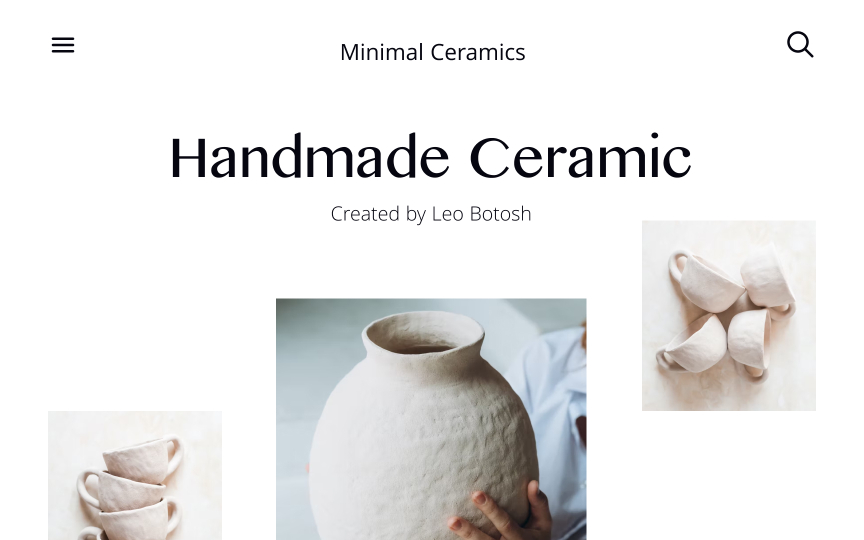Aesthetic and minimalist design
People develop more tolerance for minor usability issues in interfaces that look good. Visually appealing designs make the experience more enjoyable, but clarity should never be sacrificed for aesthetics. Designers should eliminate unnecessary and rarely used elements that may distract users from relevant content and create extra visual noise.
According to this heuristic, a minimalist design is a functional design that contains elements that only support user tasks. To achieve this, designers should:
- Follow design principles. Unity, balance, hierarchy, proximity, white space, and other fundamental design principles help create interfaces that guide users' attention, keep them engaged, and help them achieve their goals.
- Reduce clutter. Reduce the number of low-informational elements on a page, such as low-resolution, blurry images, irrelevant information, technical terms without explanations, and elements used merely for decoration.
- Apply the progressive disclosure principle. This means presenting the most crucial and common information first and then displaying more advanced, specific features if users request them.

